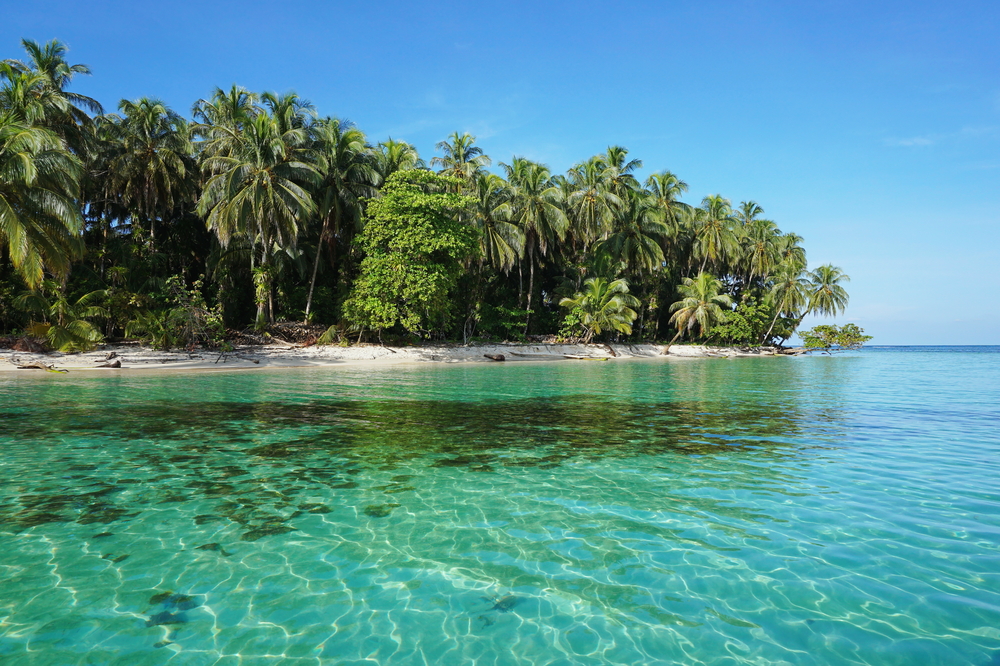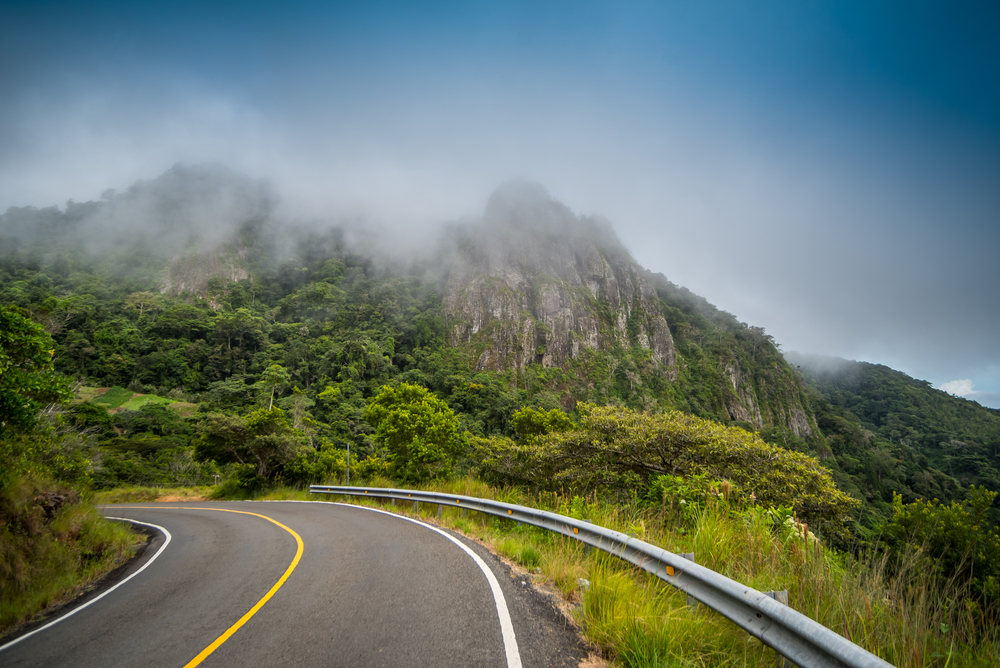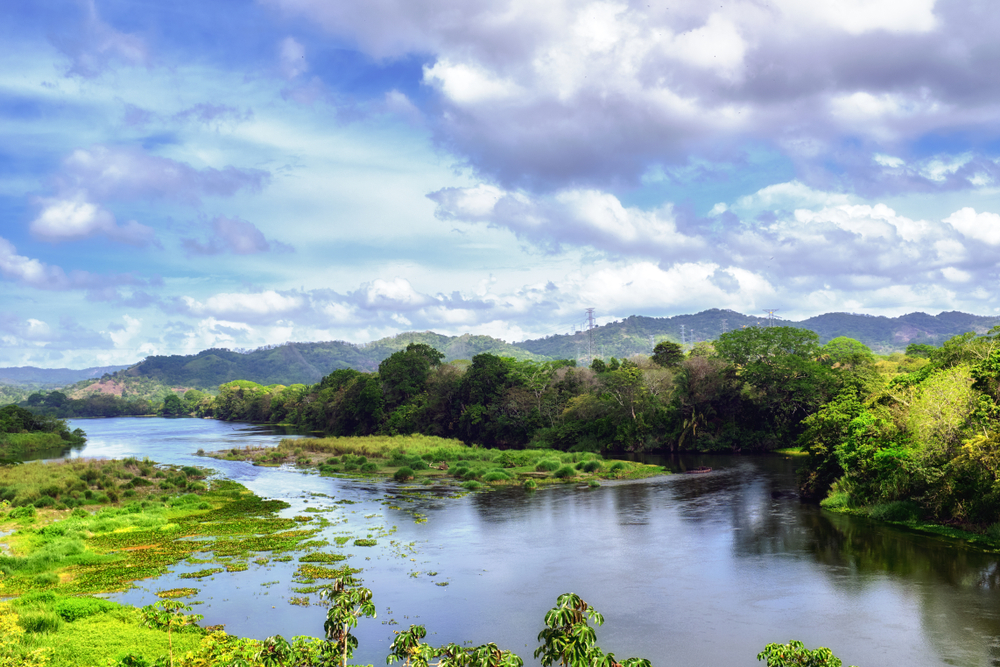Isla Bastimentos National Marine Park Overview
Isla Bastimentos National Marine Park, known locally as Parque Nacional Marino Isla Bastimentos, is a stunning protected area located in the Bocas del Toro Archipelago of Panama.
Covering approximately 51 square miles (132 square kilometers), this diverse park spans both marine and terrestrial ecosystems, offering a unique blend of coral reefs, mangrove forests, white sand beaches, and tropical rainforests.
Established in 1988, the park is one of Panama’s most important conservation areas, home to a vast array of marine and terrestrial life. Situated in the Caribbean Sea near the town of Bocas del Toro, Isla Bastimentos is easily accessible by boat, making it a popular destination for nature lovers, divers, and adventure seekers.
The park’s landscape is a dynamic mix of coastal and rainforest environments. Its crystal-clear waters are teeming with vibrant coral reefs, seagrass beds, and rocky shorelines, while inland, dense mangrove forests transition into lush, tropical jungle.
Red Frog Beach, one of the most famous locations within the park, is known for its powdery golden sand and the tiny, brightly colored strawberry poison dart frogs (Oophaga pumilio) that thrive in the humid undergrowth. The park also encompasses Cayos Zapatilla, two uninhabited islands fringed with coconut palms and surrounded by some of the most pristine coral reefs in the region. These islands are often considered the most beautiful part of the park, with their idyllic scenery and excellent snorkeling opportunities.
The park boasts an extraordinary array of wildlife, both in the water and on land. Its marine environment is home to a variety of colorful fish, sea turtles, and dolphins. Several species of sea turtles, including hawksbill, leatherback, and green turtles, nest on the park’s beaches.
The coral reefs provide shelter for an array of marine life, including angelfish, parrotfish, nurse sharks, and stingrays. Inland, the park’s rainforest supports three-toed sloths, howler monkeys, white-faced capuchin monkeys, and agoutis. Birdwatchers can find an impressive number of avian species, including toucans, kingfishers, herons, and the rare red-billed tropicbird. The mangroves also serve as nurseries for young fish and are home to exotic creatures like caimans and tree-climbing crabs.
One of the most popular aspects of Isla Bastimentos National Marine Park is the variety of ways visitors can experience its beauty. Snorkeling and scuba diving are among the top activities, with sites such as Coral Cay and the waters around Cayos Zapatilla providing breathtaking underwater views.
Kayaking through the park’s mangrove tunnels allows for close-up encounters with diverse marine life, while hiking through the jungle offers a chance to see sloths, monkeys, and tropical birds. Red Frog Beach is a favorite spot for sunbathing and surfing, while the more secluded Playa Larga is a critical nesting ground for sea turtles. Boat tours around the park provide an excellent way to explore its many hidden coves and beaches.
Conservation efforts in Isla Bastimentos National Marine Park have been met with both challenges and successes. The park plays a crucial role in protecting fragile coral reefs and vital sea turtle nesting sites. However, the region faces threats from climate change, coastal development, and plastic pollution.
Local conservation organizations work to monitor and protect the park’s ecosystems, including sea turtle conservation programs that involve community participation. Sustainable tourism initiatives have also helped raise awareness and funding for conservation efforts. While challenges remain, ongoing protection efforts ensure that Isla Bastimentos continues to be a refuge for marine and terrestrial life.















































































